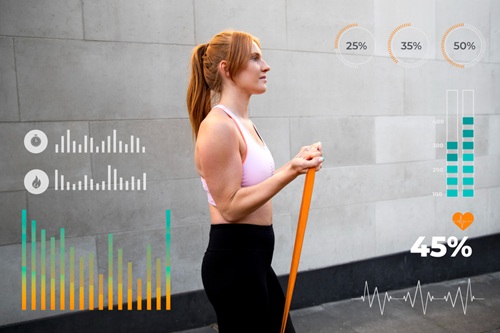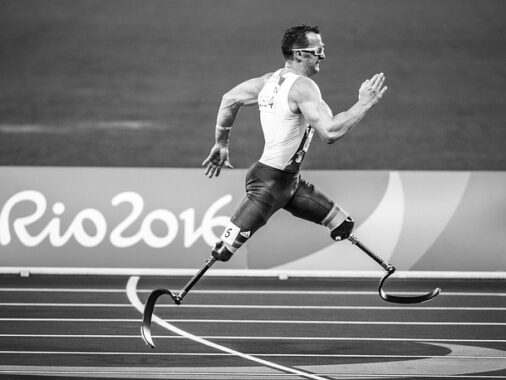Estimate how many calories you burn during your walking workouts based on weight, pace, distance, and terrain.
Understanding Your Walking Calorie Burn
How Walking Calories Are Calculated
Our calculator uses the MET (Metabolic Equivalent of Task) method, which is the gold standard for estimating energy expenditure. Unlike simpler calculators that only consider weight and time, our tool incorporates:
- Walking speed – Faster paces burn more calories per minute
- Terrain difficulty – Inclines significantly increase energy expenditure
- Distance covered – For precision when you know your exact route
- Body weight – Heavier individuals burn more calories for the same activity
The formula we use: Calories = MET × weight in kg × time in hours, with adjustments for terrain factors.
Practical Applications: Making Your Results Work For You
Knowing your calorie burn is just the beginning. Here’s how to apply this information effectively:
Weight Management Strategy
If your result shows you burn 250 calories during your daily walk, that translates to:
- ½ pound of fat loss per week with daily walks (250 calories × 7 days = 1,750 calories)
- Offsetting occasional treats without guilt while maintaining weight
- Creating a sustainable deficit without drastic diet changes
Progressive Walking Plan
Use the calculator to design a progressive fitness program:
- Establish your baseline – Calculate calories at your current walking routine
- Set incremental goals – Aim for 10-20% more calories burned each week
- Experiment with variables – Try increasing pace before duration to save time
- Incorporate intervals – Alternate between paces to boost calorie burn
Expert Tips to Maximize Walking Calorie Burn
As certified fitness professionals, we recommend these evidence-based strategies:
Incorporate Inclines
Walking uphill increases calorie burn by 30-50% compared to flat ground. If you don’t have hills nearby:
- Use treadmill incline settings (start at 3-5%)
- Seek out stadium stairs or parking garages
- Find routes with gentle slopes and gradually increase difficulty
Try Interval Walking
Alternating between moderate and high intensity can boost afterburn (EPOC) by up to 15%:
- Walk at your normal pace for 4 minutes
- Increase to a brisk pace for 1 minute
- Repeat this pattern throughout your walk
Add Resistance
Incorporating light weights or resistance bands can increase calorie expenditure:
- Weighted vests (5-10% of body weight)
- Ankle weights (1-3 lbs each)
- Walking poles for upper body engagement
Safety Note: Avoid hand weights as they can alter gait and increase injury risk.
Walking for Different Fitness Goals
Weight Loss Focus
For significant weight loss, consistency matters more than intensity:
- Frequency: 5-6 days per week
- Duration: 45-60 minutes per session
- Intensity: Moderate (able to talk but not sing)
- Weekly goal: 2,000+ calories burned through walking
Cardiovascular Health
For heart health, intensity becomes more important:
- Frequency: 3-5 days per week
- Duration: 30-45 minutes
- Intensity: Moderate to vigorous
- Target: Include hills or intervals 2 days weekly
Active Recovery
For recovery days or beginners:
- Frequency: As desired
- Duration: 20-30 minutes
- Intensity: Light, comfortable pace
- Focus: Movement quality and enjoyment
Factors That Affect Calorie Burn Accuracy
While our calculator provides excellent estimates, individual variations exist:
- Fitness level – Fit individuals often burn fewer calories for the same activity
- Body composition – Muscle tissue burns more calories than fat tissue
- Age – Metabolism naturally slows with age
- Walking efficiency – Technique affects energy expenditure
- Environmental factors – Wind, temperature, and altitude impact effort
Use the calculator as a guide rather than an absolute measurement. Track trends over time for the most useful insights.
Take Your Walking Routine to the Next Level
Now that you understand how to calculate and maximize your walking calorie burn, you have the tools to transform your walking routine from casual activity to strategic fitness training. Remember that consistency with your walking practice will yield far greater results than perfection in any single workout.





